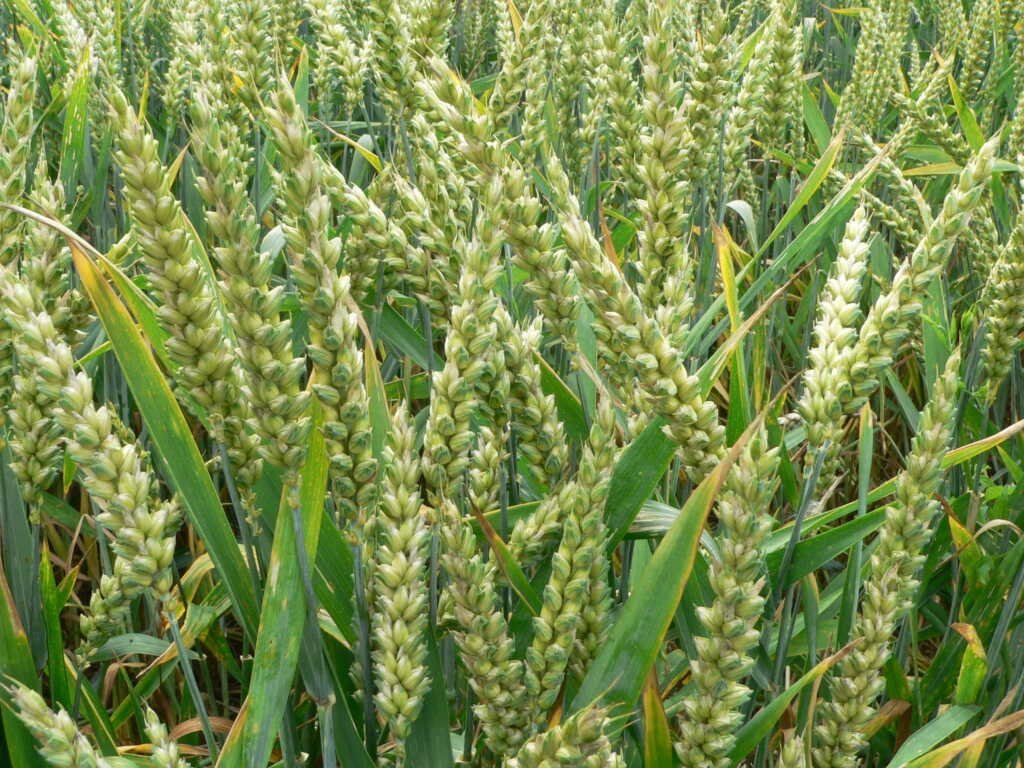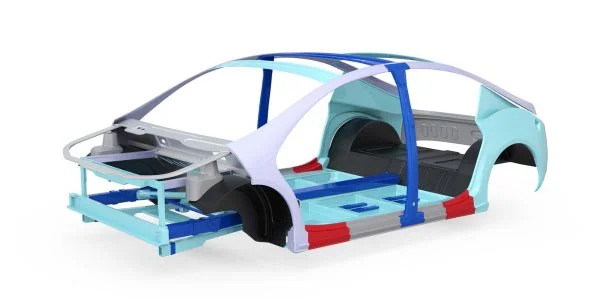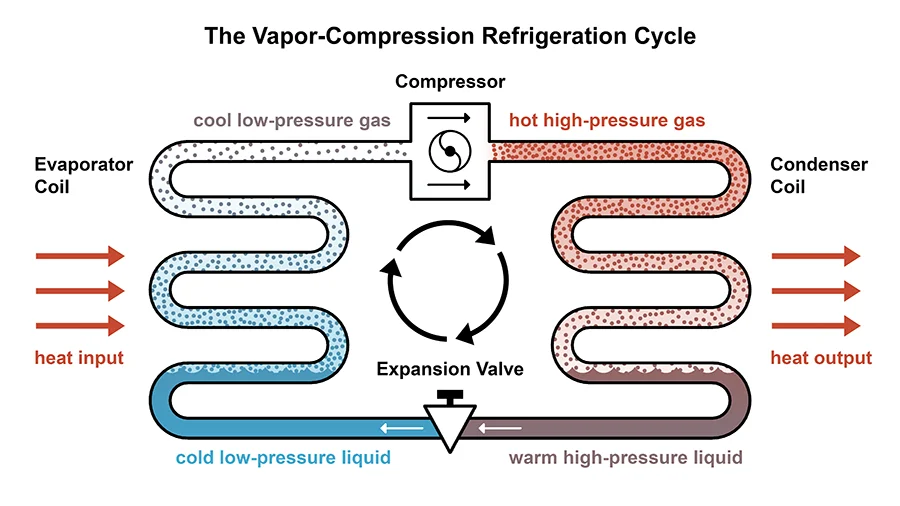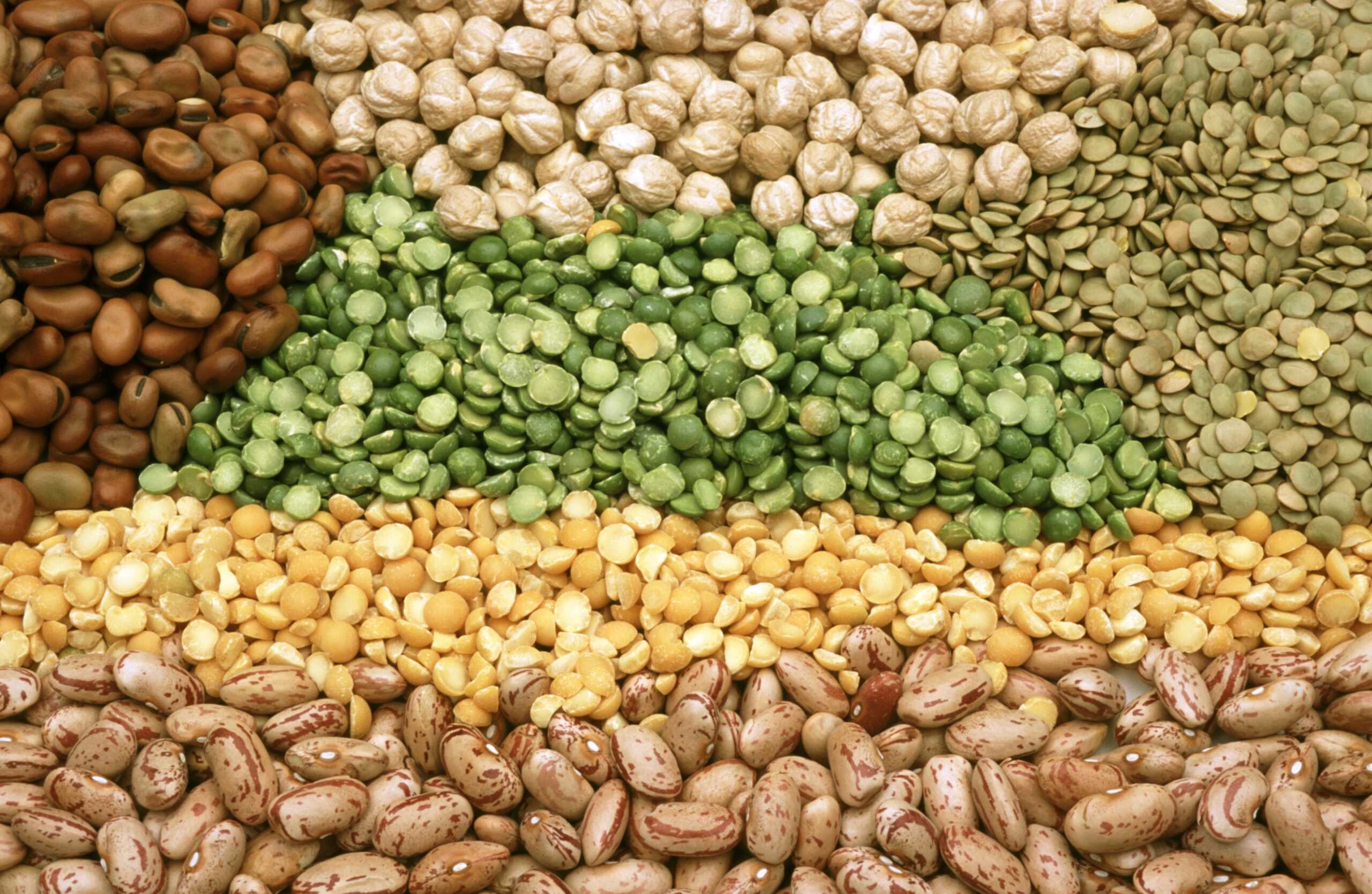Table of Contents
Rabi crop:
Rabi crops are those crops that are sown during the winter season and harvested in the spring season. Rabi crops are winter crops and are planted in the months of October to December and harvested in the months of March to May.
The term ‘Rabi’ is derived from the Arabic word for ‘spring’. Rabi crops are usually grown in cooler parts of the world, including the northern part of India, Pakistan, Bangladesh, and Nepal. They require well-drained, fertile soil and moderately moist conditions for proper growth.
Common Rabi crops include wheat, barley, oats, pea, gram, mustard, sesame, linseed, and rapeseed. These crops require more water and nutrients than Kharif crops and thus require more intensive management. They grow best in a cool climate, with temperatures ranging from 15-20 degrees Celsius.
The optimal growing period for Rabi crops is between November and April when temperatures are relatively cooler. Rabi crops are used for both food and commercial purposes.
Wheat and barley are the most common Rabi crops used for food, while mustard and rapeseed are used for industrial purposes. These crops are important for the agricultural economy of India and are widely traded in the domestic and international markets.
The overview of the Rabi crop:
Rabi Crops are the winter crops that are sown in October-November and harvested in February-March. Rabi crops are also known as the winter crop or the spring harvest. These are the crops that are grown during the winter season, mainly in the northern parts of India.
Rabi Crops are grown in the months of October-November, which is the winter season in India. These crops need cold weather for growth and hence are grown in winter.
Rabi crops include wheat, barley, gram, pea, mustard, linseed, rapeseed, and safflower. These crops are grown in the states of Punjab, Haryana, Uttar Pradesh, Bihar, Rajasthan, Madhya Pradesh, and West Bengal. The soil and climate of these regions are suitable for the growth of Rabi crops.
These crops require a cool climate and well-drained soil. The crop is sown in the month of October when the temperature starts to cool and the soil is prepared for sowing. The sowing is done by broadcasting or drilling. The farmers use fertilizers and manure to improve soil fertility and boost crop yield. Rabi crops require less water than other crops.
Irrigation is done only when the land is dry and the crop is facing water stress. The crop is harvested in the month of February-March, which is the harvesting season for Rabi crops. After harvesting, the crop is threshed and then stored. Rabi crops are very important for the economy of India.
They are a major source of food for the Indian population and provide employment to the rural population. Rabi crops also provide fodder for the animals, which is essential for the livestock industry. The Government of India provides subsidies and incentives to the farmers for growing Rabi crops.
Overall, Rabi Crops are a major source of food, fodder, and employment in India. They are grown in the winter season and are harvested in the spring. They are an important part of the Indian economy and are a major source of food for the people of India.

The difference between the Rabi crop and the Kharif crop:
Rabi and Kharif crops are two types of crops that are grown in India. Rabi crops are sown in winter and harvested in spring, while Kharif crops are sown in summer and harvested in autumn.
Rabi Crops: Rabi crops are sown between October and December and harvested between April and June. These crops are usually grown in the northern parts of India and depend on irrigation for their growth. Examples of Rabi crops are wheat, barley, peas, mustard, sesame, gram, and chickpea.
Kharif Crops: Kharif crops are sown between June and July and harvested between October and November. These crops are usually grown in the southern parts of India and depend on the monsoon rains for their growth.
Examples of Kharif crops are maize, jawar, bajra, cotton, soybean, and tur. The main difference between Rabi and Kharif crops is their season of sowing and harvesting.
Rabi crops are sown in winter and harvested in spring, while Kharif crops are sown in summer and harvested in autumn. Apart from this, Rabi crops are grown in the northern parts of India, while Kharif crops are grown in the southern parts of India. Rabi crops depend on irrigation while Kharif crops depend on monsoon rains.
Examples of Rabi crops:
Rabi crops are winter crops that are sown in late autumn and harvested in spring. They are typically sown after the monsoon season when the soil is sufficiently warm and the air temperature is cooler.
Examples of Rabi crops include wheat, barley, peas, oats, gram, lentils, mustard, and linseed.
Wheat is one of the most important Rabi crops grown in India. It is sown in late October, after the monsoon season, and harvested in April or May, just before the start of the summer season. Wheat is used to make bread, chapatis, and other dishes. It is also used to make flour, which is used in the production of a variety of food items.
Barley is another important Rabi crop grown in India. It is sown in late October and harvested in April or May. Barley is used to make flour, which is used to make bread, chapatis, and other dishes. It is also used to make beer and whiskies.
Peas are another important Rabi crop grown in India. It is sown in late October and harvested in April or May. Peas are used to make a variety of dishes, including curries and dals. They are also used to make snacks like bhajia and pakoras.
Oats are another important Rabi crop grown in India. It is sown in late October and harvested in April or May. Oats are used to make oatmeal, which is a popular breakfast food. They are also used to make snacks like muesli and granola bars.
Gram is another important Rabi crop grown in India. It is sown in late October and harvested in April or May. Gram is used to make flour, which is used to make bread, chapatis, and other dishes. Gram is also used to make dals and curries. Lentils are another important Rabi crop grown in India. It is sown in late October and harvested in April or May.
Lentils are used to make a variety of dishes, including curries and dals. They are also used to make snacks like bhajia and pakoras.
Mustard is another important Rabi crop grown in India. It is sown in late October and harvested in April or May. Mustard is used for making a variety of dishes, including curries and dals. It is also used to make pickles and condiments.
Linseed is another important Rabi crop grown in India. It is sown in late October and harvested in April or May. Linseed is used to make oil, which is used in a variety of dishes and also as a health supplement. It is also used to make linseed cakes, which are a popular snack.
Which month are rabi crops?
Rabi crops are crops that are grown in the winter season, usually from October to March. Rabi crops are also known as the winter crop and form an integral part of the Indian agricultural system.
The term “Rabi” is derived from the Arabic word “Rajab”, which means “to sprout”. The main rabi crops are wheat, barley, gram, peas, mustard, linseed, sesame, safflower, and sunflower.
Other important rabi crops include oats, fenugreek, coriander, cumin, black gram, and green gram. Wheat is the most important rabi crop in India. It is grown in almost all states of the country. Wheat is mainly cultivated in the northern and western states such as Uttar Pradesh, Punjab, Haryana, Rajasthan, and Madhya Pradesh.
Barley is another important rabi crop that is mainly grown in the northern and western states of India. Barley is used mainly as animal feed. Gram is mainly grown in the central and western parts of the country and is used for human consumption as well as animal feed. Mustard is an important oilseed crop and is mainly cultivated in the northern and western states of India.
Linseed is another important oilseed crop and is grown mainly in the northern and western states. Sesame, safflower, and sunflower are the other important rabi crops.
These are oilseed crops and are mainly cultivated in the northern and western states. In summary, the main rabi crops are wheat, barley, gram, peas, mustard, linseed, sesame, safflower, and sunflower. These crops are grown in the winter season, usually from October to March.
The types of Rabi crops in India:
Rabi crops are those which are sown in the winter season and harvested in the summer season in India. The major Rabi crops grown in India are wheat, barley, gram, pea, mustard, linseed, sesame, rapeseed, and masoor.
Wheat is one of the most important Rabi crops grown in India and is the staple food for many Indians. It is grown in the northern and northwestern parts of the country and is primarily used in the preparation of chapattis, bread, and other food items.
Barley is another important Rabi crop grown in India. It is used in the preparation of malt, used as animal feed, and also used as a raw material for beer production. It is also used in the manufacturing of industrial products such as adhesives, pharmaceuticals, and paper.
Gram is another important Rabi crop grown in India. It is used for various purposes such as in the preparation of curries, dals, and other food items. It is also used as animal feed and for producing oil.
Pea is an important Rabi crop grown in India and is used for various purposes such as in the preparation of curries, soups, and other food items. It is also used as animal feed and for producing oil.
Mustard is another important Rabi crop grown in India. It is used in the preparation of curries and other food items. It is also used as an edible oil and for medicinal purposes.
Linseed is another important Rabi crop grown in India. It is primarily used as an edible oil and for producing oil. It is also used in the manufacturing of paints, varnishes, and linoleum.
Sesame is another important Rabi crop grown in India. It is primarily used in the preparation of various food items such as biscuits, cakes, and other bakery items. It is also used for producing oil.
Rapeseed is another important Rabi crop grown in India. It is primarily used in the preparation of edible oil and for producing oil. It is also used in the manufacturing of industrial products.
Masoor is another important Rabi crop grown in India. It is primarily used in the preparation of dals and other food items. It is also used as animal feed and for producing oil.
Also, read Thales theorem































Comment on “Rabi crop”
Comments are closed.